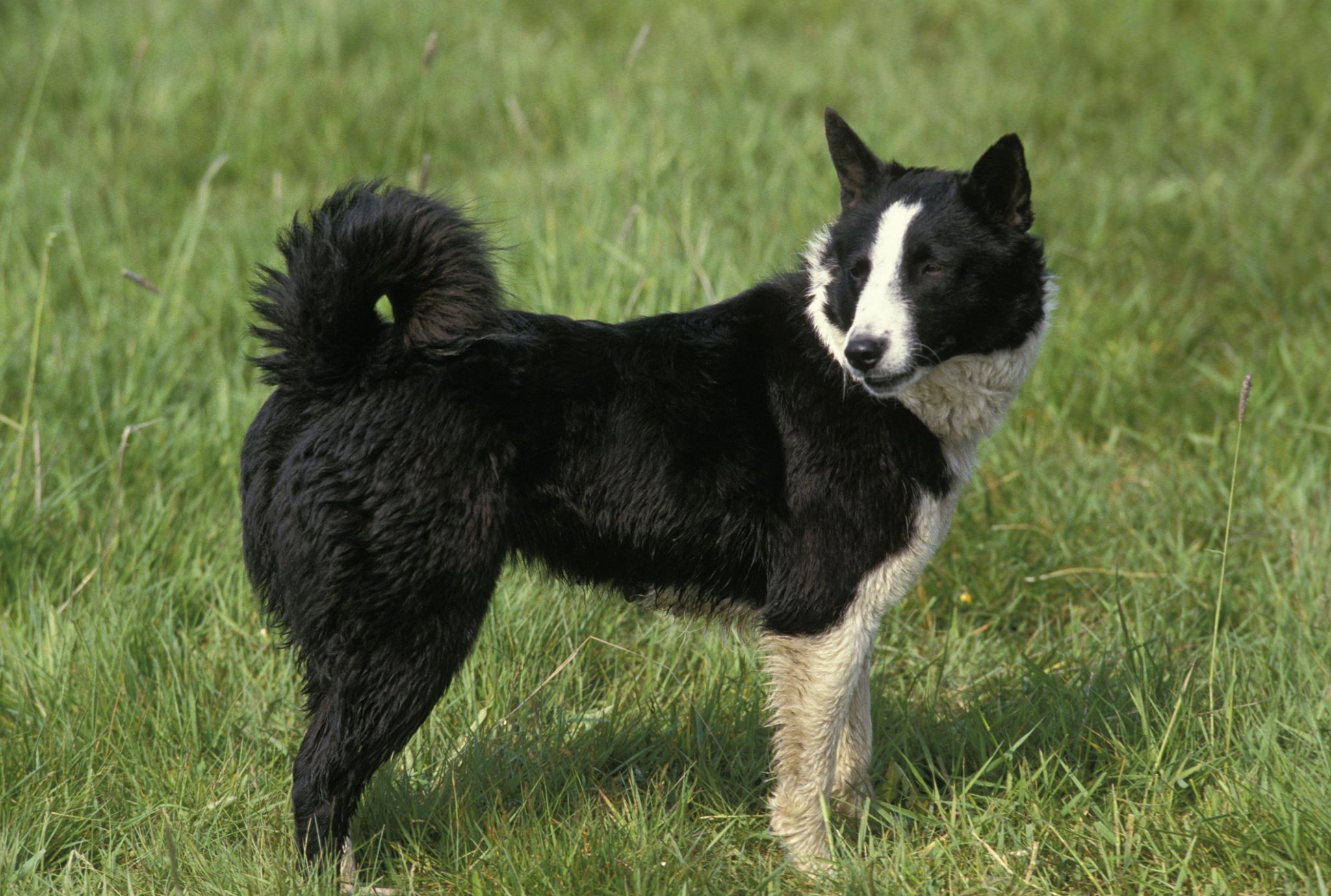How Karelian Bear Dogs Enhance Wildlife Management in Alberta
Introduction to Karelian Bear Dogs
In the vast wilderness of Alberta, a unique approach to wildlife management is gaining attention. Karelian Bear Dogs, originally from Finland, are being utilized to manage wildlife populations and prevent human-wildlife conflicts. Known for their courage and intelligence, these dogs are particularly effective in managing large predators such as bears.
Their role in wildlife management is not just about controlling populations, but also about ensuring coexistence between humans and wildlife. This approach aligns with sustainable conservation efforts, allowing both people and wildlife to thrive in shared environments.

The Role of Karelian Bear Dogs in Wildlife Management
Karelian Bear Dogs are specially trained to deter large predators from entering human-populated areas. They achieve this by using non-lethal methods to scare away animals such as bears and cougars. This helps in reducing potential conflicts and promotes safety for both humans and the animals.
These dogs are particularly effective because of their natural instincts and specialized training. They are capable of tracking wildlife, alerting their handlers to the presence of predators, and actively deterring these animals without causing harm.
Training and Skills
The training of Karelian Bear Dogs is rigorous and focuses on enhancing their natural abilities. Handlers work closely with the dogs to develop skills such as scent detection, tracking, and strategic barking. This training ensures that the dogs can effectively manage wildlife while responding to their handler's commands.

Benefits of Using Karelian Bear Dogs
The use of Karelian Bear Dogs in wildlife management offers several benefits. First, it minimizes the need for lethal control measures, which is a significant advantage for conservation efforts. By deterring wildlife from entering human areas, these dogs help maintain ecological balance without harming the animals.
Additionally, employing Karelian Bear Dogs can lead to a decrease in property damage and enhance public safety. The presence of these dogs reassures communities that proactive measures are being taken to manage wildlife effectively.
Community Involvement and Education
Another important aspect of using Karelian Bear Dogs is the opportunity for community involvement and education. Wildlife management programs often include workshops and demonstrations where community members can learn about the role of these dogs in conservation efforts. This not only educates the public but also fosters a sense of community responsibility towards wildlife conservation.

Challenges and Considerations
While Karelian Bear Dogs are effective, there are challenges associated with their use. Training and maintaining these dogs require significant time and resources. Additionally, handlers must be highly skilled and knowledgeable about both dog behavior and local wildlife dynamics.
Moreover, it is essential to ensure that these dogs are used ethically and responsibly. Their role is to promote coexistence, not to harass or harm wildlife, which requires careful monitoring and adherence to ethical standards.
Future Prospects
The future of using Karelian Bear Dogs in Alberta's wildlife management looks promising. As their benefits become more widely recognized, there is potential for expanding their use across other regions with similar wildlife challenges. This method could serve as a model for innovative wildlife management practices globally.
Ultimately, the integration of Karelian Bear Dogs into wildlife management represents a harmonious blend of traditional knowledge and modern conservation techniques, paving the way for sustainable coexistence between humans and wildlife.